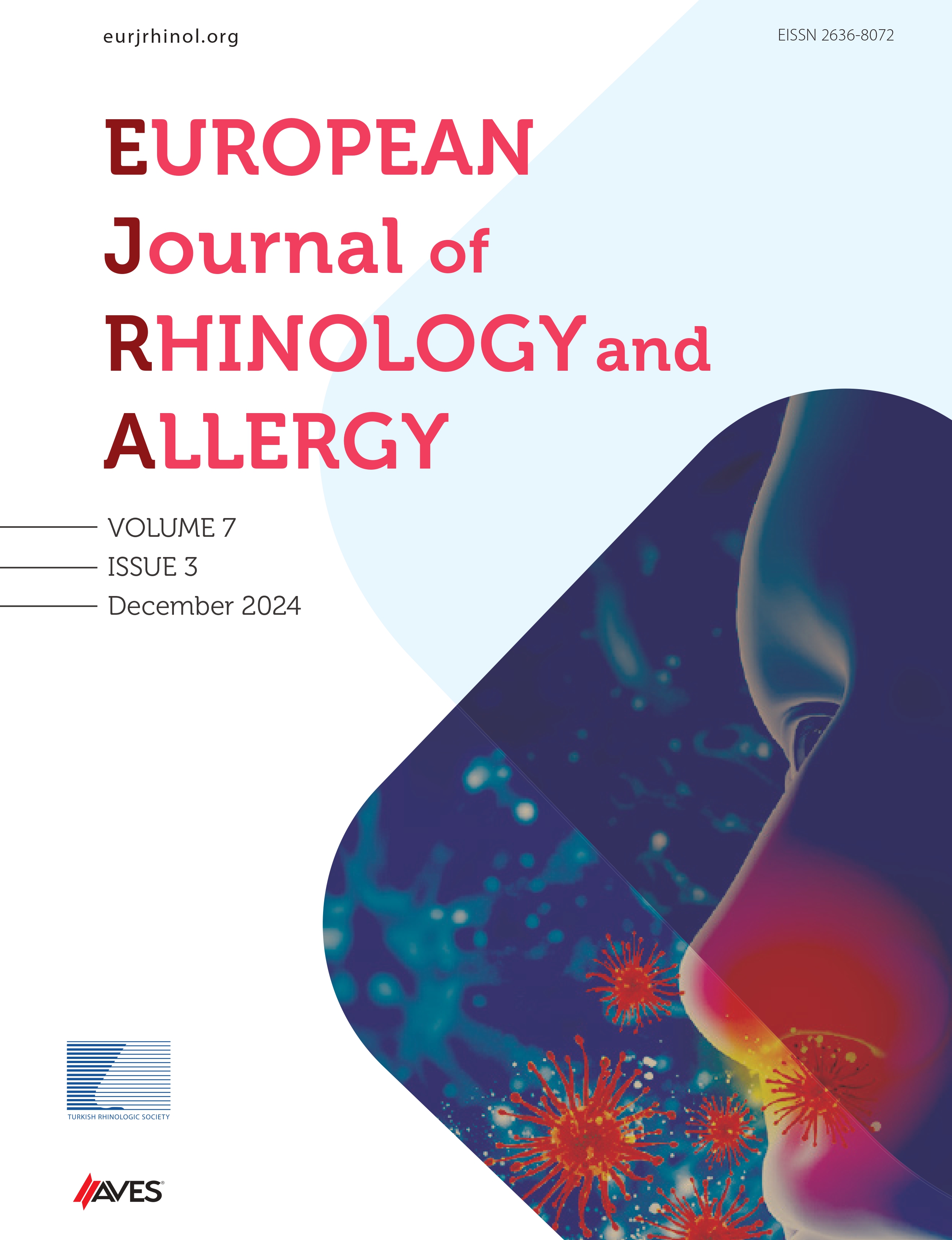Objective: The objective of this study was to compare the anatomical variations in the frontal sinus outflow tract (FSOT) of pediatric patients with sinogenic intracranial complications to those without and determine if the bone density of the frontal bone contributed to intracranial disease progression.
Methods: This study was carried out at a quaternary hospital in Durban, South Africa between January 2018 and August 2020. Multi-detector computed tomography (MDCT) scans of pediatric patients who presented with sinogenic intracranial complications were used to trace the anatomy of the FSOT and compared to patients without complicated sinusitis. The patients were divided into three groups. Group A: control group, Group B: patients with sinusitis, but no intracranial complications and Group C: patients with sinusitis complicated by intracranial spread. The specific parameters observed the presence of frontal cells and agger nasi cell, the diameter of the frontal sinus ostium and the bone density of the frontal sinus.
Results: A total of 83 patients met the inclusion criteria (53 males and 30 females). Important findings included disease involvement of the frontal sinus in all patients in group C. Frontal cells were found to occur in higher proportions in the groups with sinusitis (groups B and C) with the overall prevalence of frontal cells being 88%. Preventative measures implemented against the spread of the SARS CoV-2 virus was observed to influence the number of patients with this disease.
Conclusions: This study highlights the anatomical variations that the otorhinolaryngologist managing patients with complicated sinusitis be aware of especially when surgery is being considered.
Cite this article as: Nandkishore T, Rennie CO, Schlemmer KD. Anatomical variation of the frontal sinus outflow tract in the pediatric population in KwaZulu-natal: A cause for complicated sinusitis with intracranial complications? Eur J Rhinol Allergy 2022;5(3):68-73.

.png)

.png)